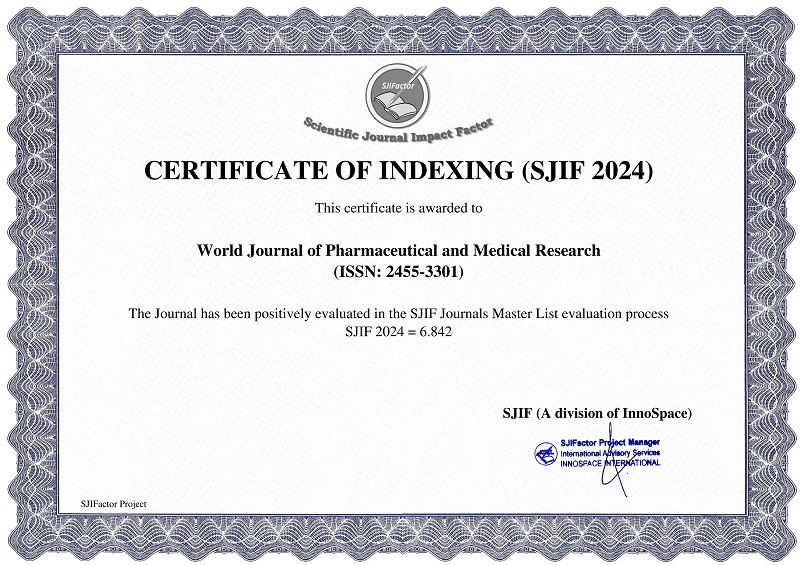EXPLORING THE COMPLEXITIES OF POLYPHARMACY IN PEDIATRIC PATIENTS IN SECONDARY CARE HOSPITAL
Anju K. R.*, Priya Rajpurohit, Nikita Rokade, Komal Pawar, Harshal Patil and Dr. Shrutika Patil
ABSTRACT
To retrospectively analyse the prevalence and patterns of polypharmacy in Pediatrics. Electronic health data of pediatric patients aged 0 to 18 admitted between Jan and Dec 2024 were collected. Patient demographics, commonly prescribed drugs, routes of administration, and the type and number of comorbidities were assessed by Statistical approaches like the One-Way Anova Test, Correlation Analysis, Regression Analysis, and Descriptive Analysis. Among 134 cases, patients with polypharmacy and comorbidities were examined. The most commonly used medications were Pantoprazole, Ondansetron, and Paracetamol, with the intravenous route being the most frequently administered, followed by the nasal and oral routes. It also evaluated comorbidities, revealing that 32% of patients with Lower Respiratory Tract Infection (LRTI), 39% with Acute Febrile Illness (AFI), and 20% with Bacillary Dysentery had additional comorbidities. ANOVA results (F = 11.87, p = 0.00013) and Correlation Analysis highlight that polypharmacy is not random but systematically linked to comorbidities. Regression analysis was also conducted to predict the number of diseases based on the number of comorbidities and medications. This study highlights the extensive use of multiple medications in pediatric care and its link to comorbid conditions, stressing the need for better prescribing practices to enhance treatment effectiveness and reduce risks.
[Full Text Article] [Download Certificate]



